This podcast found in:
- Raw RecipesRaw Recipes Index
- MoreGoodies, About, Praise + More
- StoreApps, Courses + More
- CelebrateSeasonal Suggestions
- New To Raw?Start Here
- WellnessCreating Healthy Habits
- CommunityRawtarian Community
Hello Beautiful!
It looks like you're new to The Rawtarian Community. If you'd like to get involved, click one of these buttons!
Login to Community Signup for an account Login using FacebookTrending Community Recipes
Latest in the Community Forum
- Community









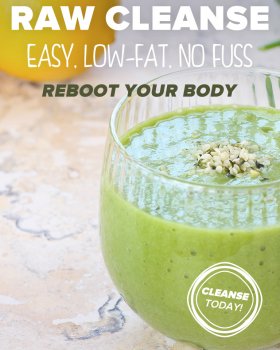











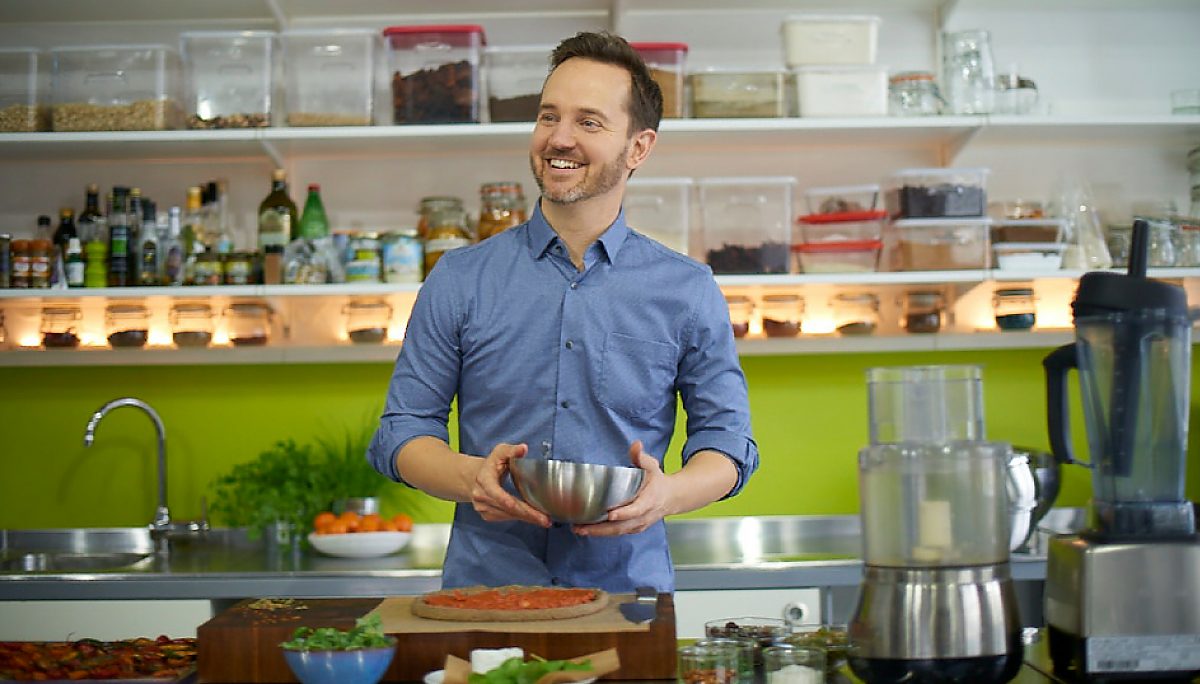

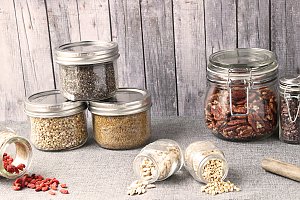

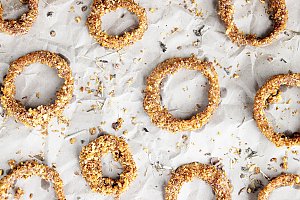
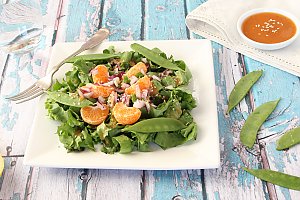
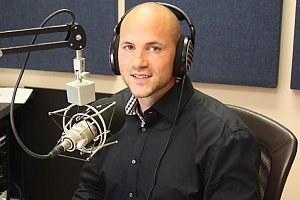
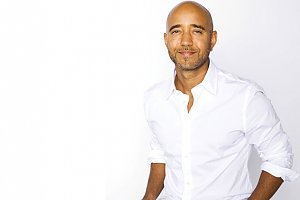
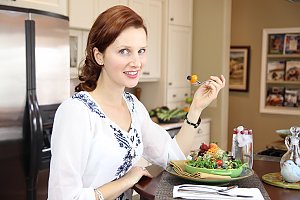
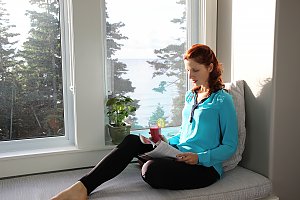


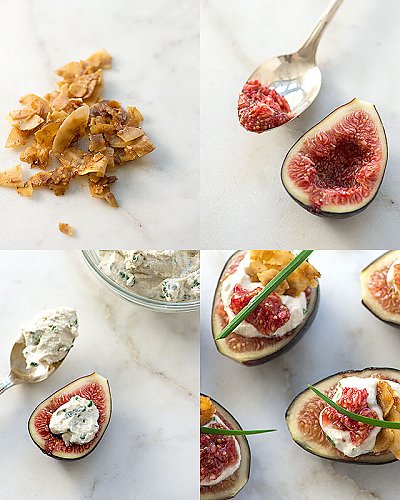
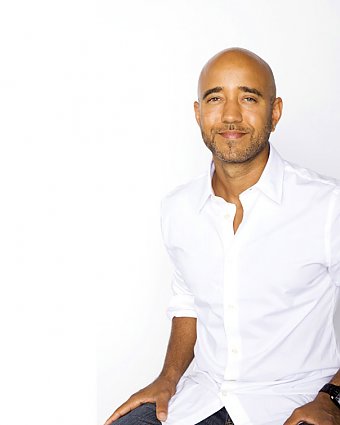
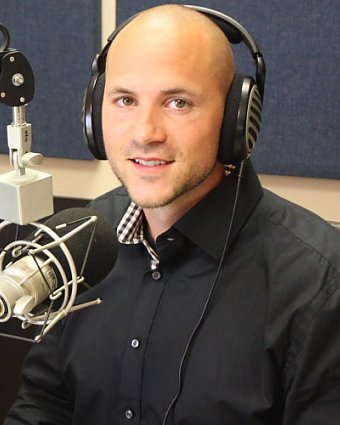
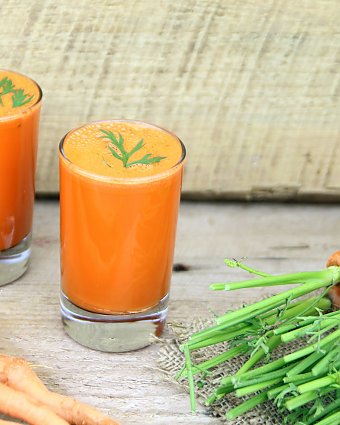





















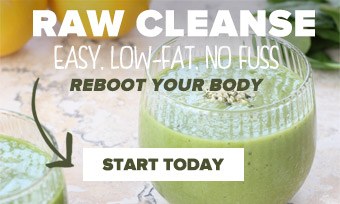
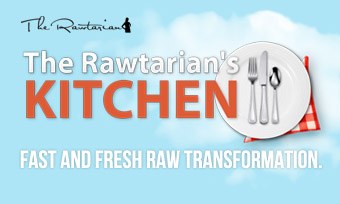
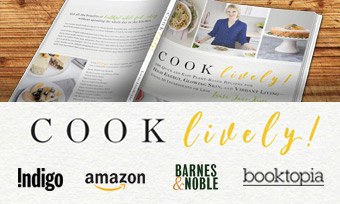
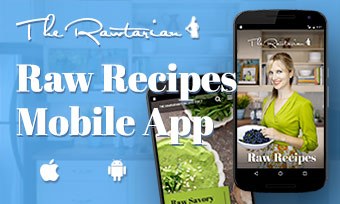
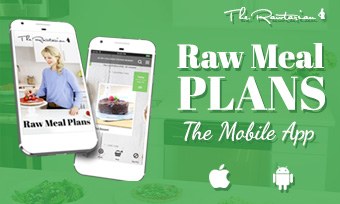


Comments
Top voted
The Rawtarian
Apr 07, 2015
Aww, thanks Rocky. I'm happy you're inspired! :)
Rocky Lavoie
Apr 06, 2015
I'm listening to this episode right now -- I love it! Thank tou for doing what you do, Laura-Jane. I am so inspired by your podcasts.
All
Rocky Lavoie
Apr 06, 2015
I'm listening to this episode right now -- I love it! Thank tou for doing what you do, Laura-Jane. I am so inspired by your podcasts.
The Rawtarian
Apr 07, 2015
Aww, thanks Rocky. I'm happy you're inspired! :)
Leave a Comment